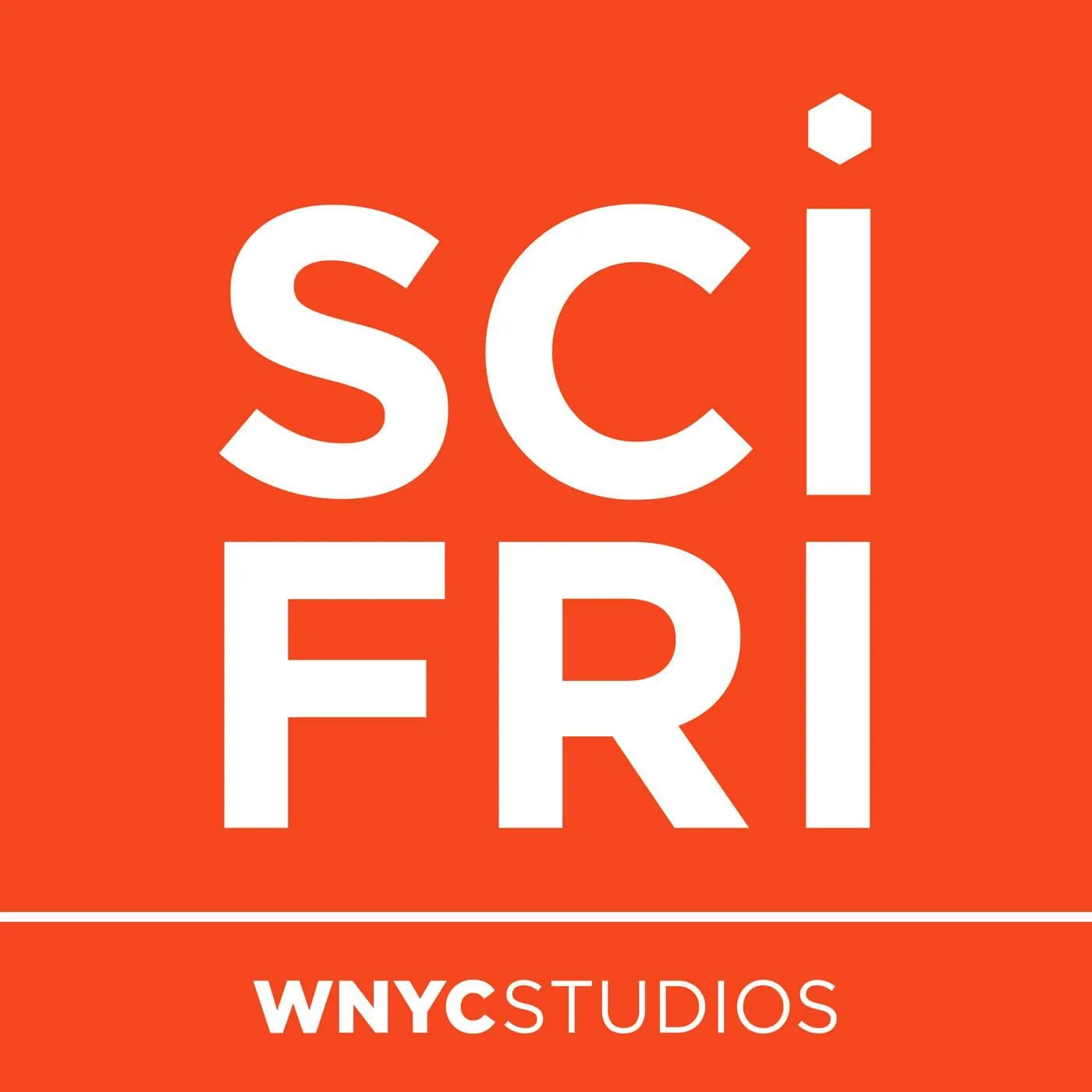
The Clean Air Act Has Saved Millions Of Lives—But Gaps Remain
In the 1960s, the urban air pollution crisis in America had reached a fever pitch: Cities were shrouded in smog, union steelworkers were demanding protections for their health, and the Department of Justice was mounting an antitrust lawsuit against the Detroit automakers for conspiracy to pollute.
But all that changed when Richard Nixon signed the Clean Air Act of 1970. The law set national limits for six major pollutants, established stringent emissions standards for vehicles, and required the latest pollution-limiting technology for industrial facilities. It was widely recognized as innovative, landmark legislation because it was evidence-based, future-proofed, and it had teeth.
Since the Clean Air Act took effect, emissions of the most common pollutants have fallen by around 80%. The law has saved millions of lives and trillions of dollars. An EPA analysis showed that the Clean Air Act’s benefits outweigh its costs by a factor of 30. Thanks to this policy, the United States enjoys some of the cleanest air in the world.
But five decades on, has the Clean Air Act protected everyone? And can a policy designed for the problems of urban, mid-century cities protect our health in the face of climate change?
Read the full story at sciencefriday.com.
Transcripts for each segment will be available after the show airs on sciencefriday.com.
Subscribe to this podcast. Plus, to stay updated on all things science, sign up for Science Friday's newsletters.